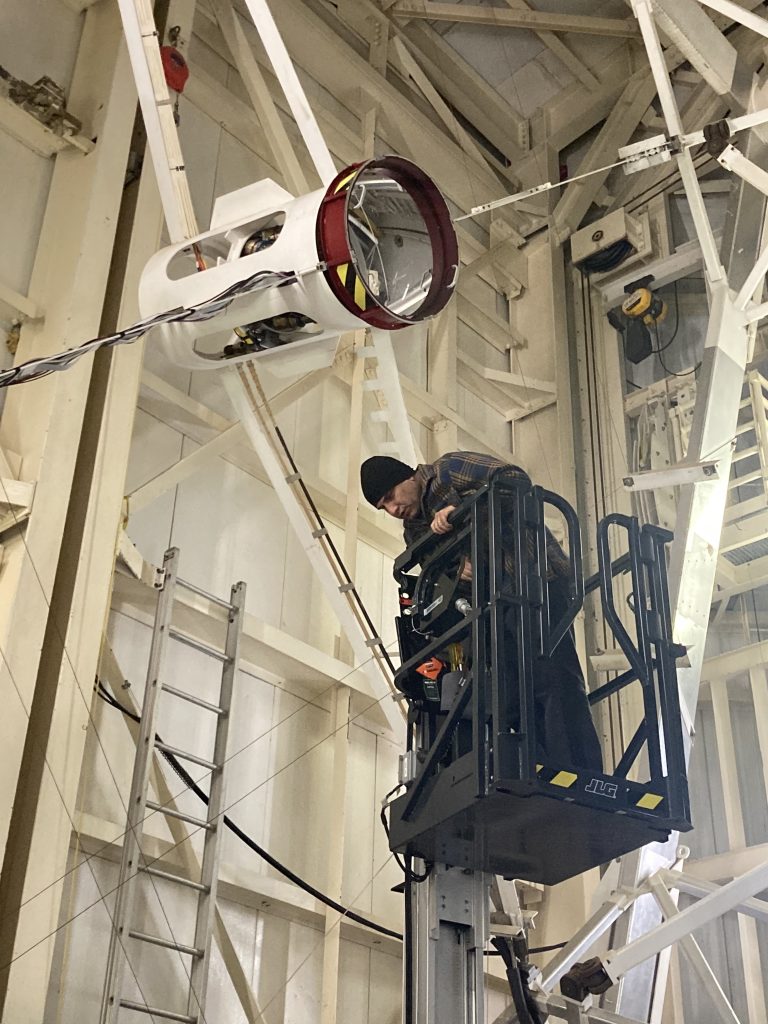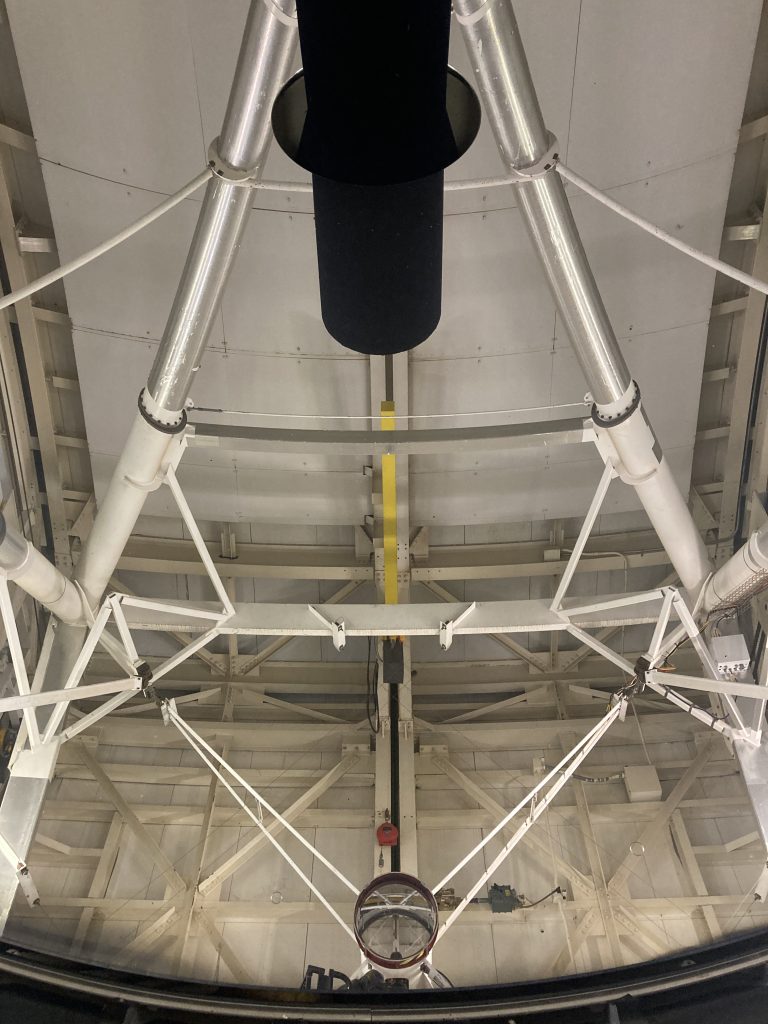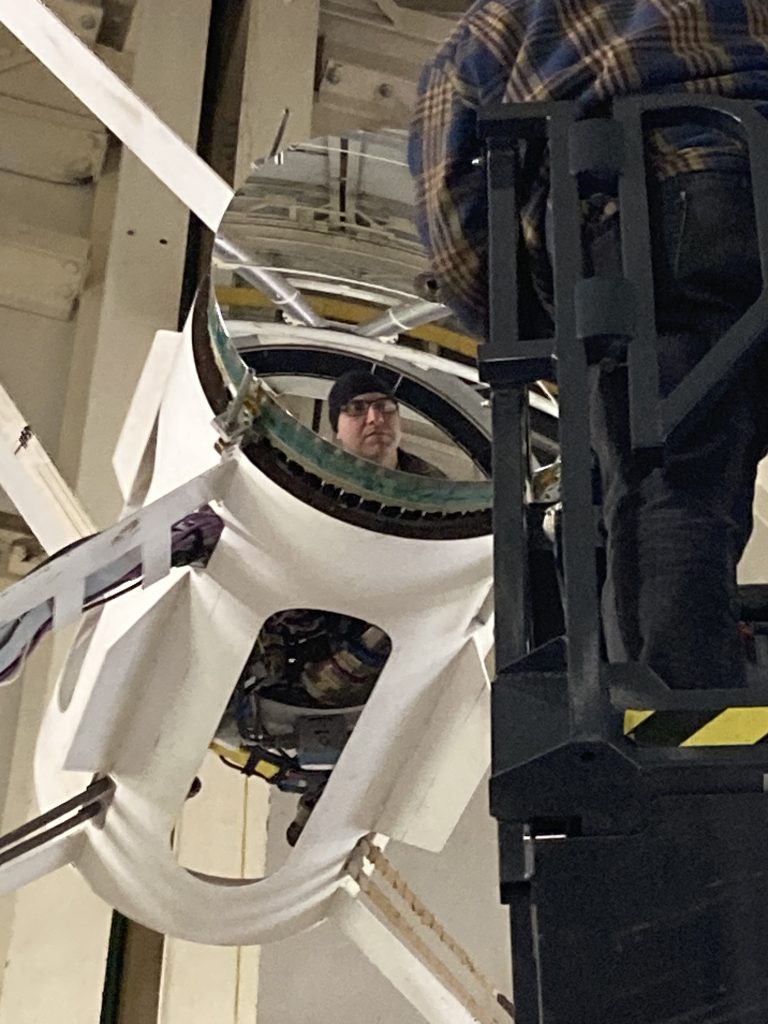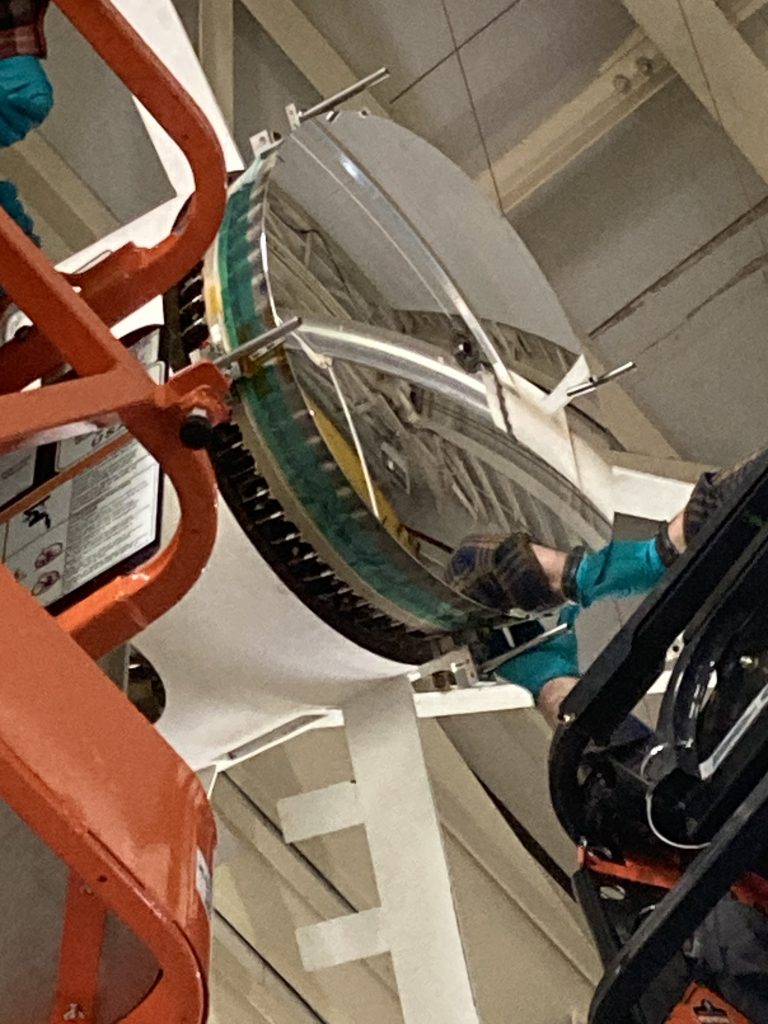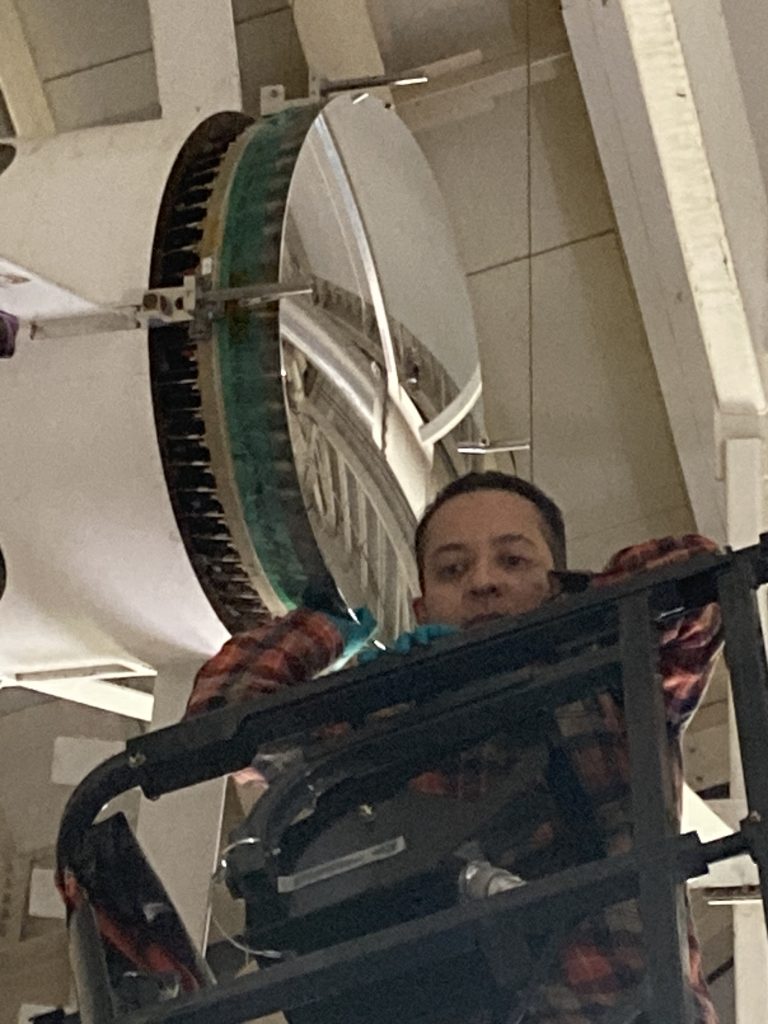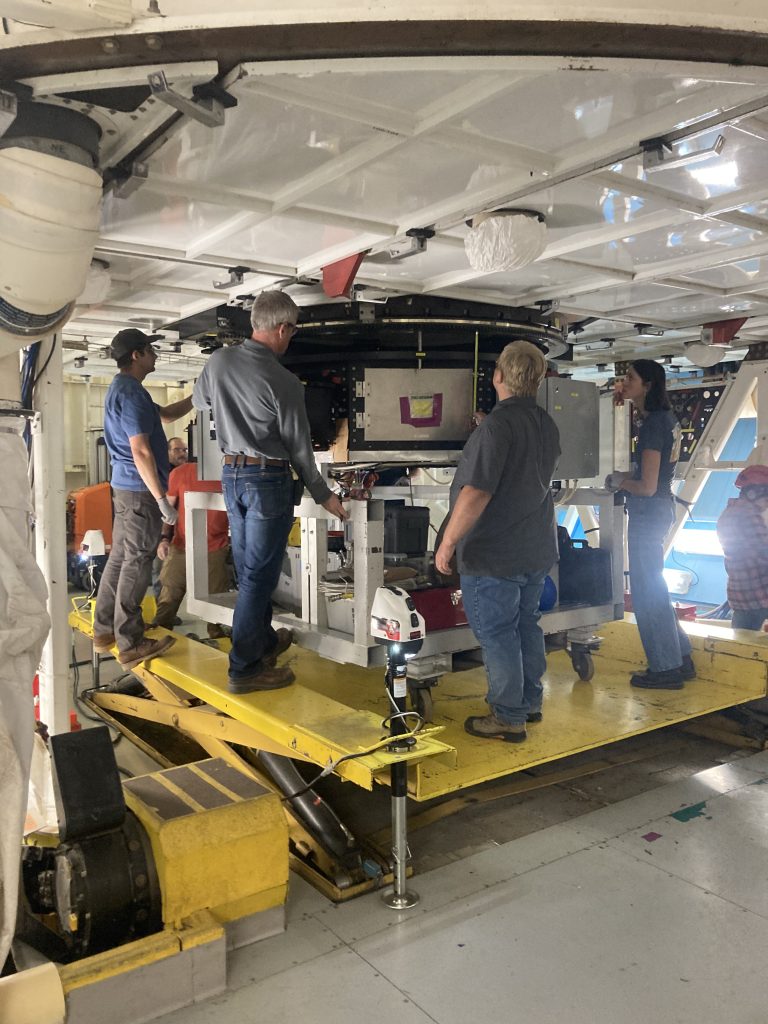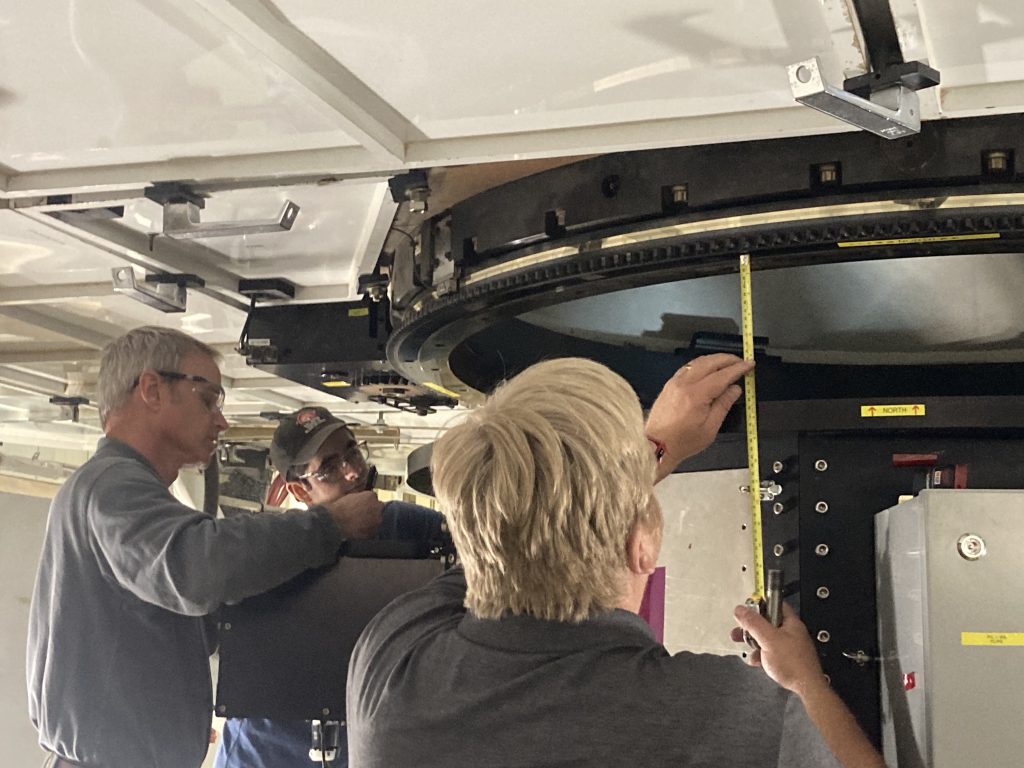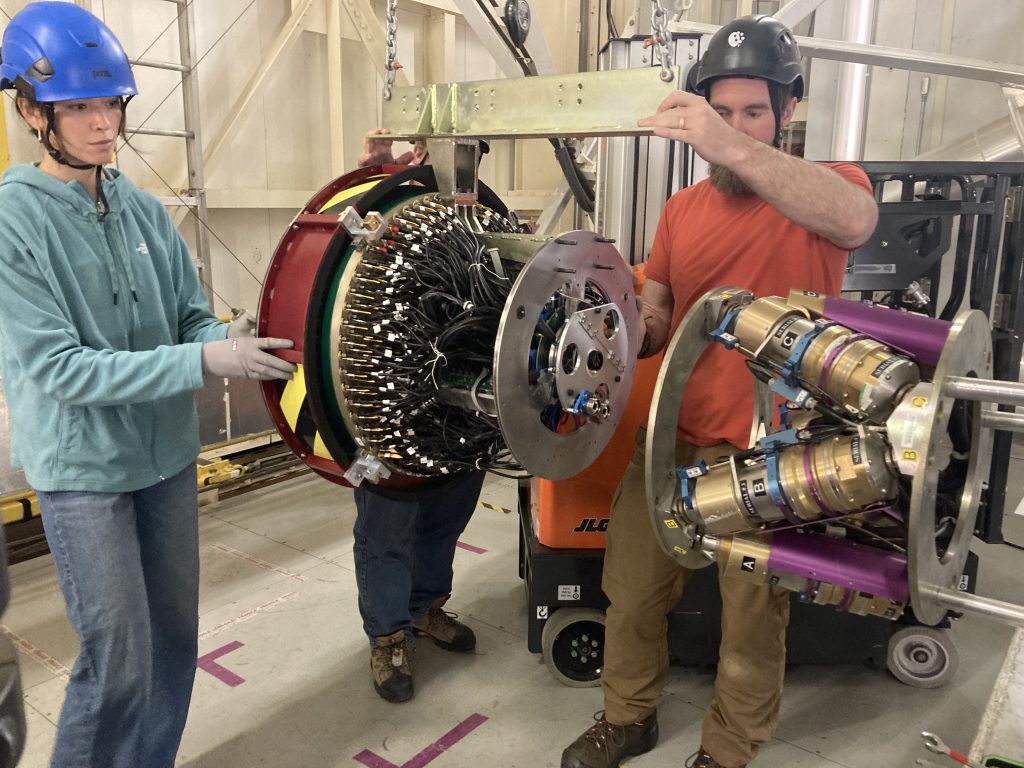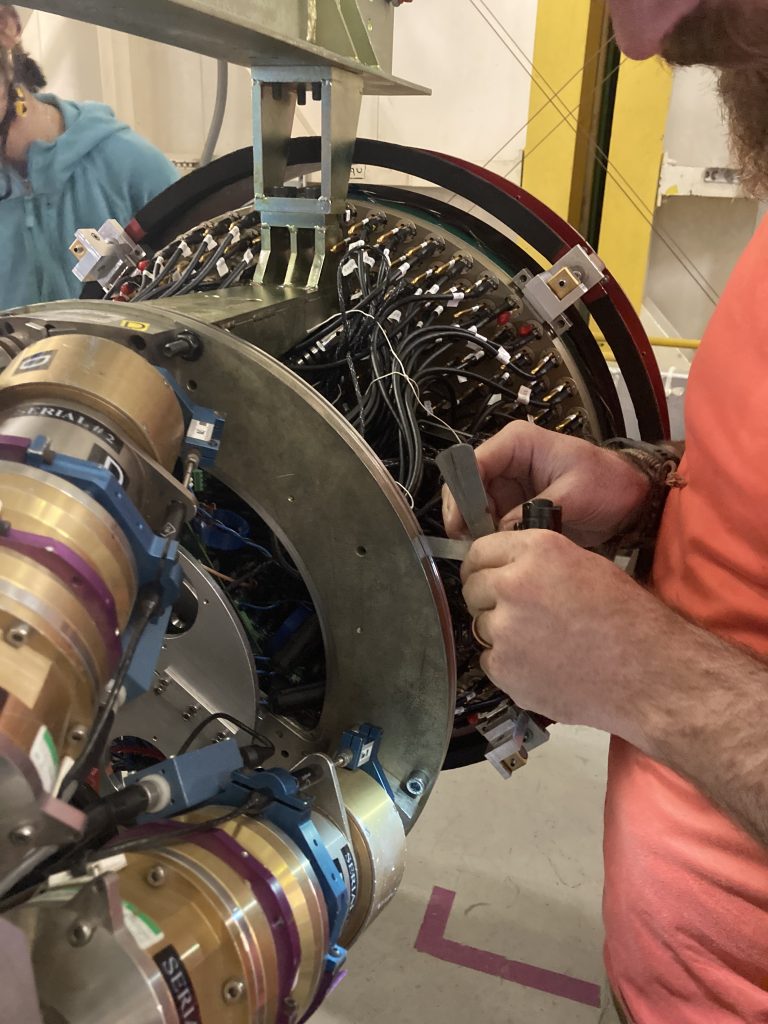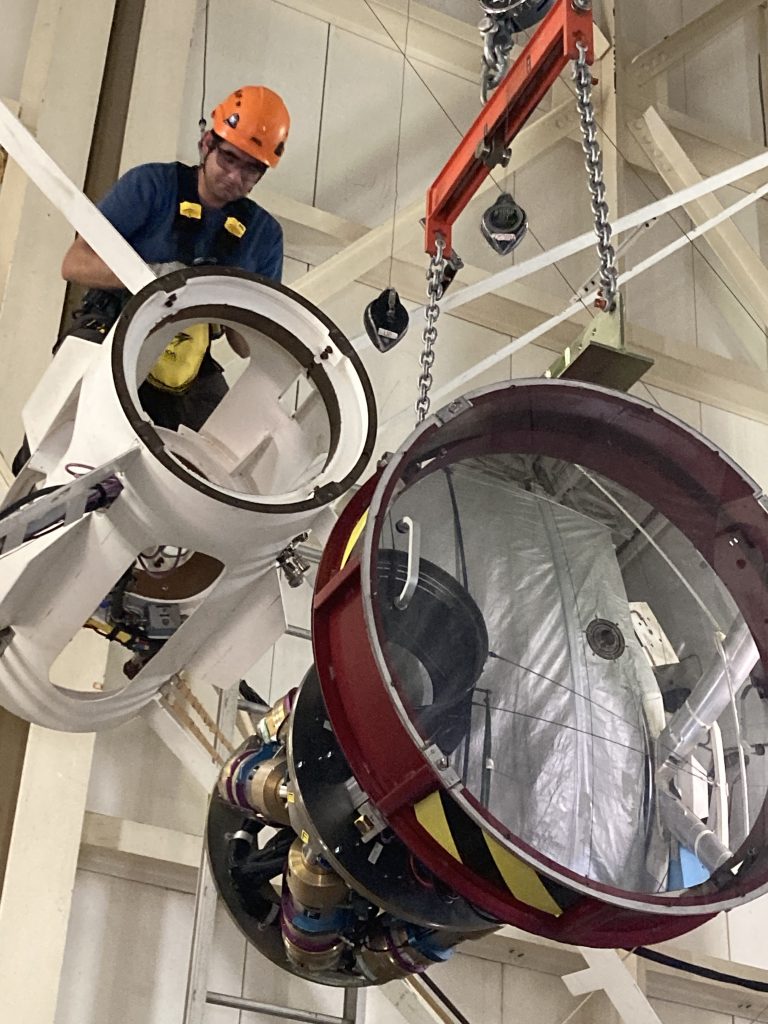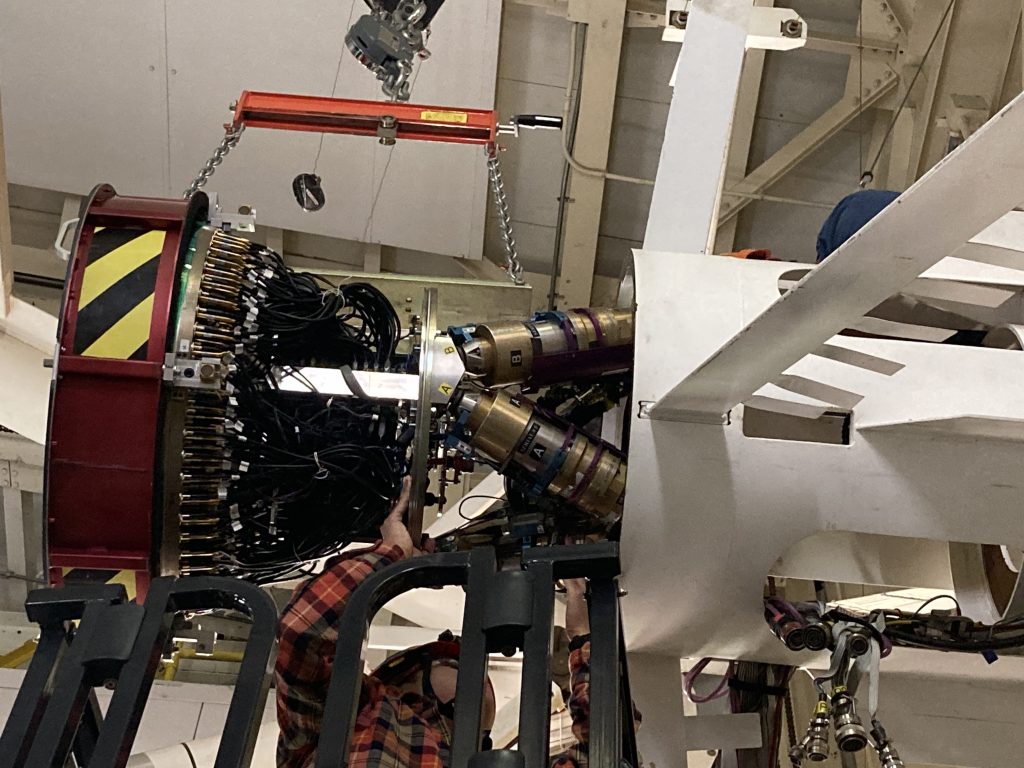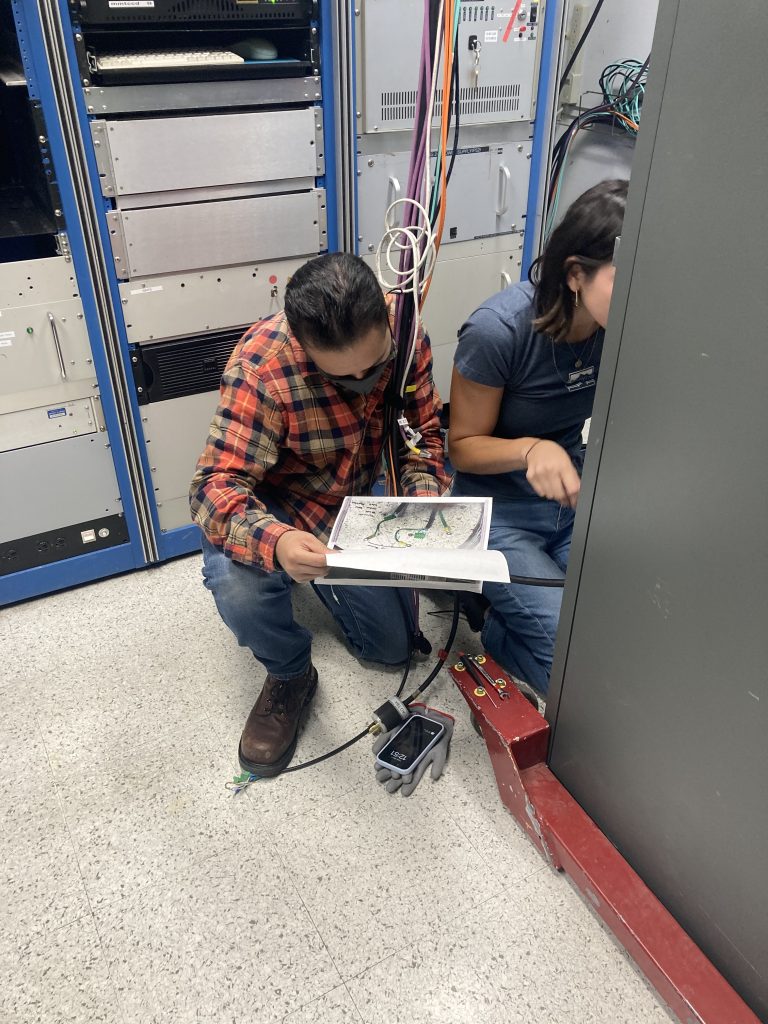Our science cameras image the star in the focal plane, and our wavefront sensors image the star in the pupil plane. A conjugate plane is where your alignment needs to be in order to get those images in focus. After tonight we are wondering whether our VisWFS pupils are conjugate to the telescope pupil.

Tonight we started with Do-Crime on the IR WFS and MIRAC photometry, then moved on to CACAO on the VisWFS when Jared and Olivier called in on Zoom. We first closed the loop on the 50-modes response matrix from yesterday, and it still worked to the extent that it tightened up the PSF!
We next wanted to explore why the higher-order modes had been unstable and why our pupils still looked raggedy and soft on the edges. Because we had trouble calibrating the edge actuators of the ASM in the lab, we have always blamed the edge weirdness on the imperfect ASM calibration. However, tonight we decided to try a Hadamard matrix diagnostic, which pokes each actuator individually (but efficiently) and measures the result on the WFS. The result was that some parts of the mirror were having no effect whatsoever on the wavefront. One of those regions was where the shell is contaminated, but there were other regions too. Even after Amali put some disabled actuators back in the loop, the result was the same.
Olivier started wondering aloud whether our pyramid image was actually conjugate to the telescope pupil. If it’s out of focus of the pupil plane, then the response would no longer be linear, and you would also get mixing of phase and amplitude of the electric field. This could explain why the pupil images don’t look sharp or round.
We did a test where we translated the star about an arcsecond away from the tip of the pyramid, and saw the pupil image shift by around 4 pixels. The shape of the central obscuration changed too.
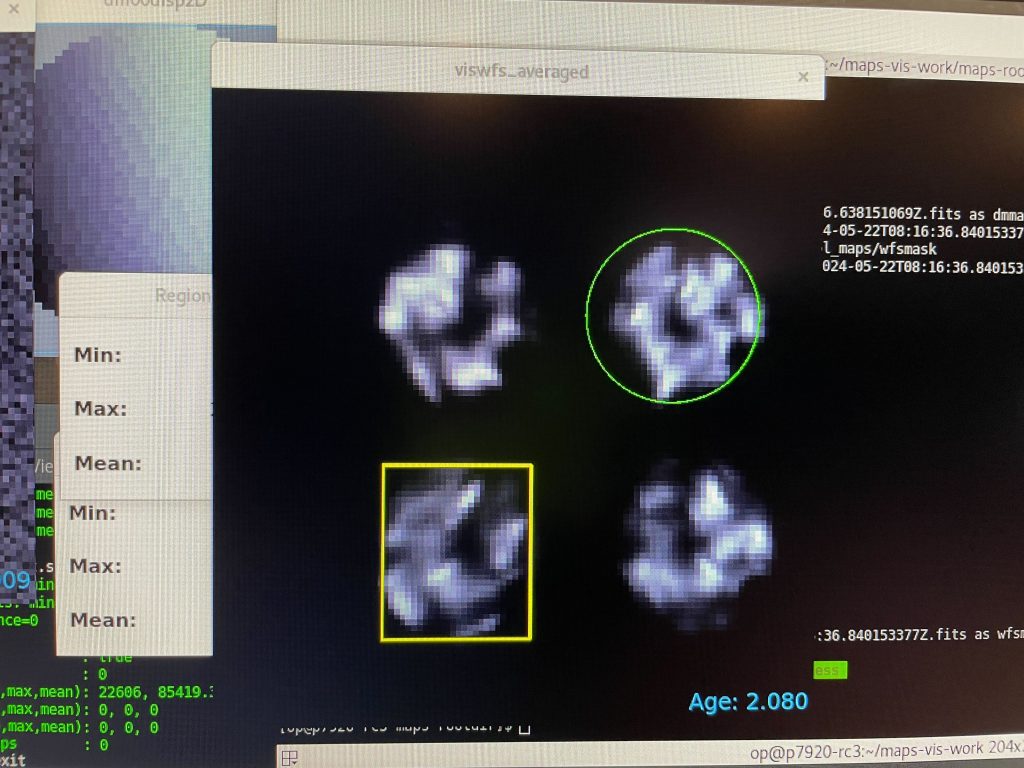
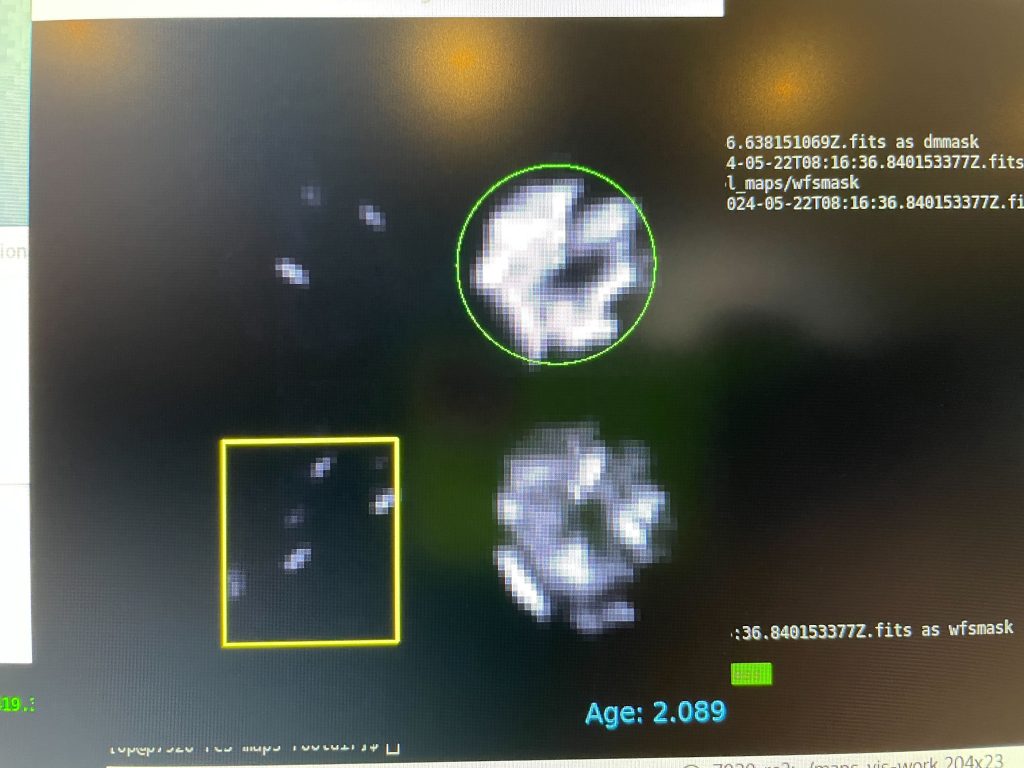
So we switched to the IR WFS to see if we could see a similar shift. The IR pupils look sharper than the Vis, and they didn’t shift much if at all.
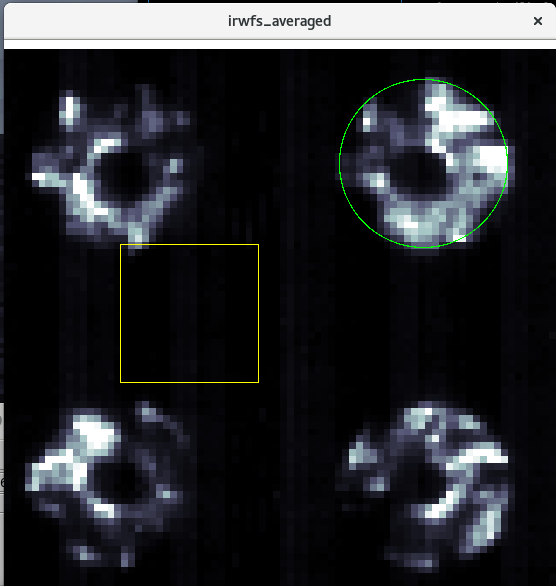
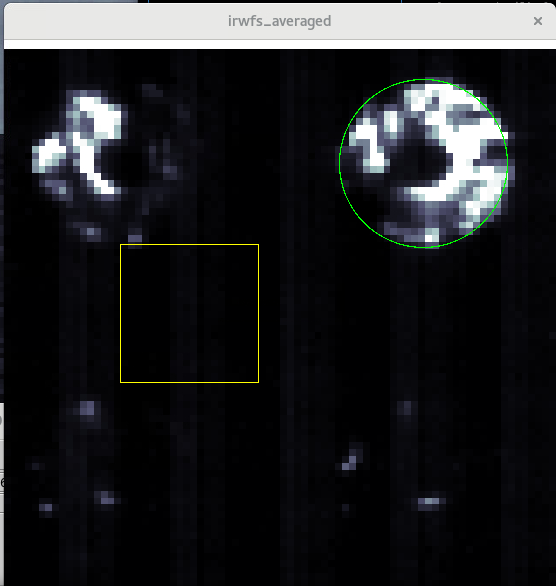
This was about as far as we got with CACAO before it was time to switch back to Do-Crimes. Tomorrow night we will use the IR WFS and compare CACAO and Do-Crimes corrections.
The song of the night is “Gimme more” by Britney Spears (2007)
The best 15 minutes of the day were flying a kite with Amali, Manny, and Bianca. It’s a homemade kite made by Amali, and the gusts across the peak and around the dome are not very laminar, so it was hard to get a sustained flight, but we did get it to dance and dive in the wind. And we also had fun trying but failing to see the green flash again.
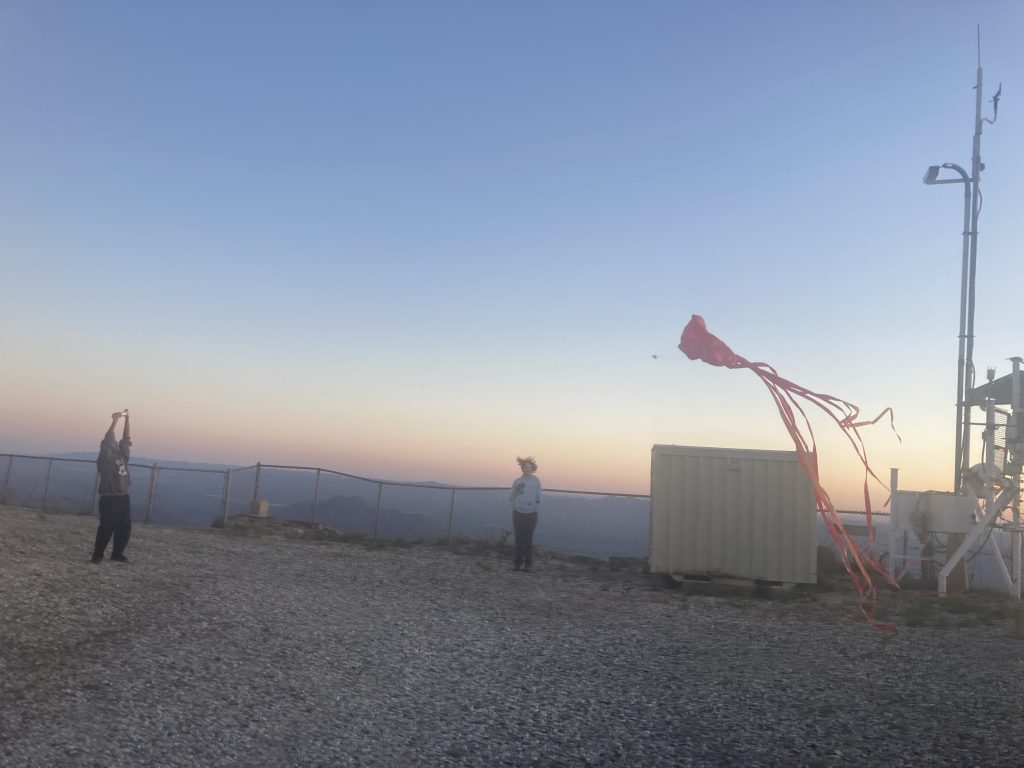
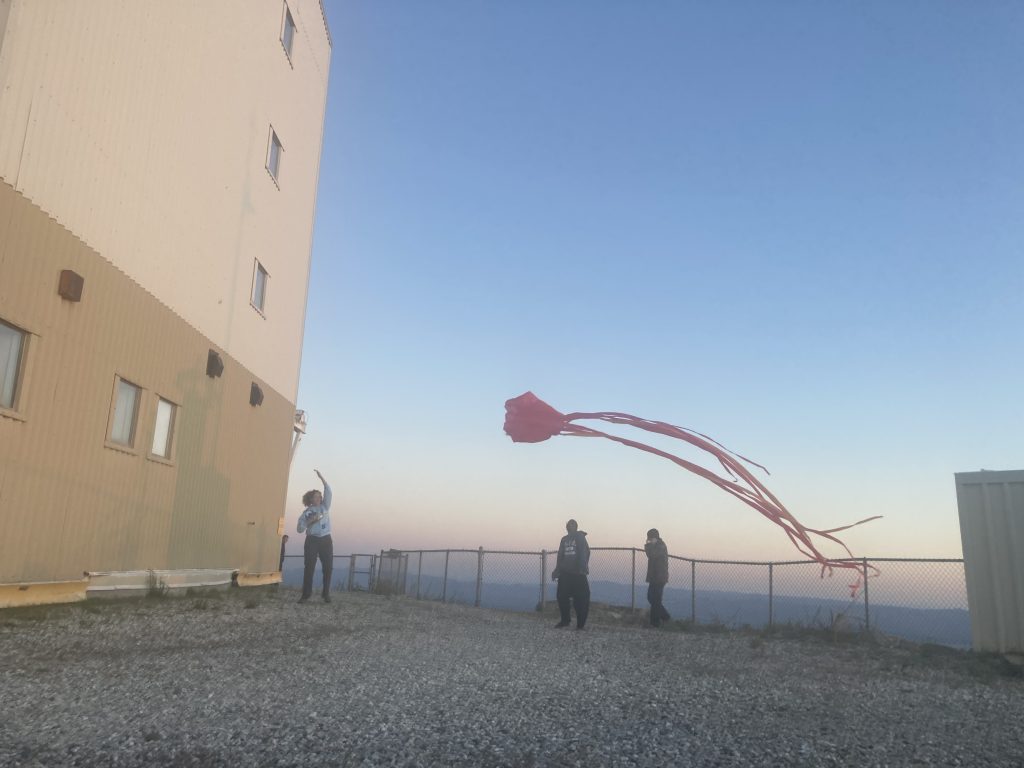
That leads us to the bonus song of the night: “Let’s go fly a kite” from Mary Poppins







